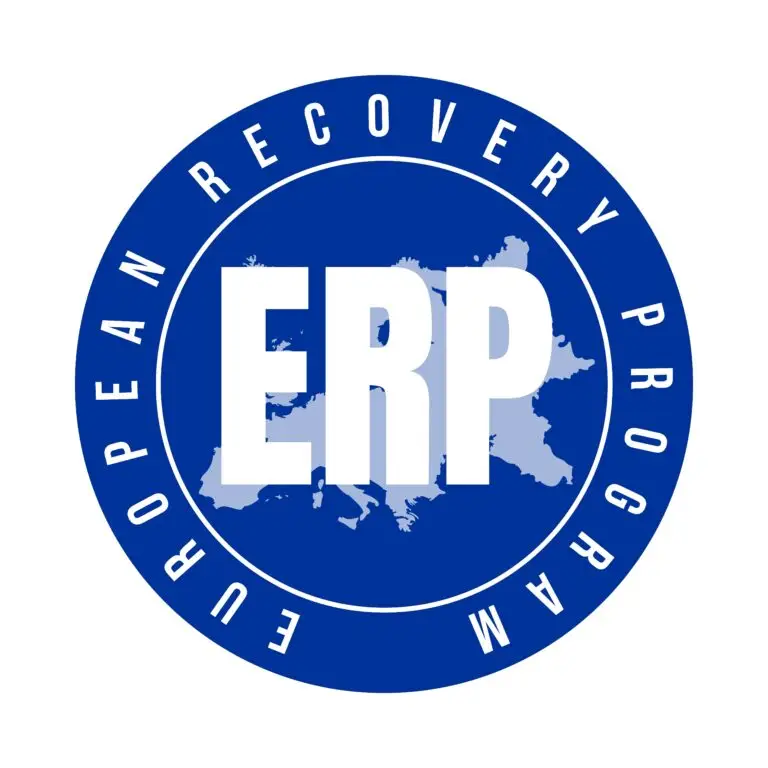Marshall Plan

Table of Contents
What is the Marshall Plan?
The Marshall Plan, officially known as the European Recovery Program, was an American initiative launched in 1948 to aid the economic recovery of Western European countries devastated by World War II.
Named after Secretary of State George C. Marshall, the plan provided financial assistance, technical expertise, and resources to rebuild infrastructure, modernize industries, and stabilize economies in the aftermath of the war.
By promoting economic stability and fostering trade, the Marshall Plan aimed to prevent the spread of communism in Europe and strengthen ties with the United States. Over four years, the plan provided around $13 billion in aid to 17 European countries, contributing to the continent’s post-war recovery and laying the foundation for European integration and cooperation.
Impact of the Marshall Plan
The Marshall Plan, officially known as the European Recovery Program (ERP), was an initiative launched by the United States in 1948 to aid the economic recovery of Western European countries devastated by World War II.
The plan was named after U.S. Secretary of State George C. Marshall, who proposed it in a speech at Harvard University on June 5, 1947, outlining the need for massive aid to rebuild war-torn Europe.
The Marshall Plan provided financial assistance, technical expertise, and material resources to European countries, with a total of approximately $13 billion (equivalent to around $150 billion today) allocated over four years.
The primary goals of the Marshall Plan were to stimulate economic growth, restore infrastructure, stabilize currencies, and promote trade and cooperation among European nations.
Participating countries were required to submit detailed reconstruction plans outlining their needs and priorities, and funds were allocated based on these plans.
The Marshall Plan was implemented alongside other measures, such as currency reforms and trade liberalization, to create favorable conditions for recovery and to prevent the spread of communism in Western Europe.
The Marshall Plan was highly successful in facilitating the economic recovery of Western Europe, leading to rapid industrialization, increased productivity, and improved living standards.
The plan also helped strengthen political stability and democratic institutions in Western Europe, fostering closer ties with the United States and laying the groundwork for the establishment of the North Atlantic Treaty Organization (NATO) in 1949.
The Marshall Plan was not extended to Eastern European countries under Soviet influence, leading to the division of Europe into Western and Eastern blocs during the Cold War.
The Marshall Plan remains one of the most significant examples of foreign aid and international cooperation in history, serving as a model for subsequent development assistance programs and contributing to the establishment of a more prosperous and stable post-war world order.
Related Links
Cold War
Communism
Industrial Revolution (Europe)
Treaty of Versailles